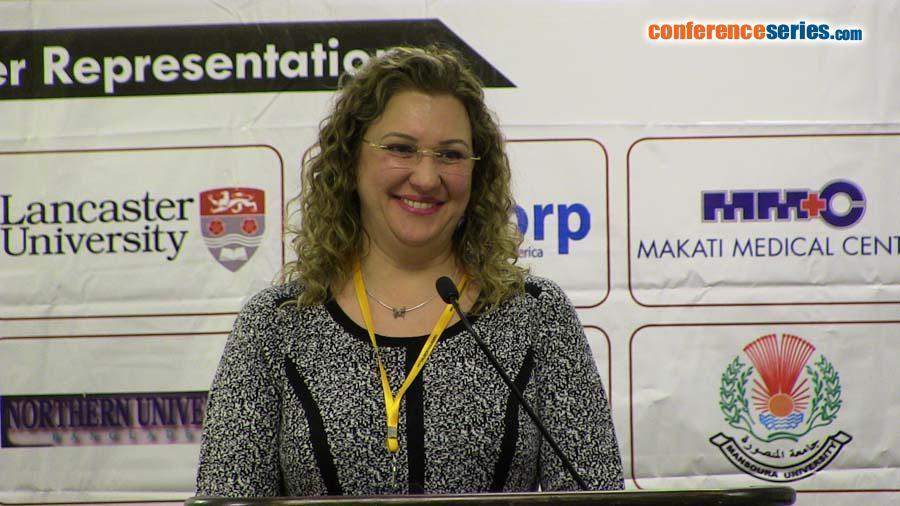
LÃvia Stocco Sanches Valentin
University of São Paulo, Brazil
Title: Effects of the transcranial direct current stimulation on prevention of postoperative cognitive dysfunction after cardiac surgery
Biography
Biography: LÃvia Stocco Sanches Valentin
Abstract
Postoperative cognitive dysfunction (POCD) is a contrary event observed between 20 to 83%, especially in elderly and after cardiac surgery. Prevention and rehabilitation on cases of POCD may improve the quality of life. The neuromodulator effect of the noninvasive cerebral stimulation has been used in the treatment of brain injuries, depression, and also in the cognitive rehabilitation. The hypothesis is that the use of the transcranial direct current stimulation (tDCS) technique can decrease the occurrence of POCD and cognitively rehabilitate patients submitted to cardiac surgeries. The objective of this study will be to evaluate the tDCS effect over the occurrence of POCD in patients on cardiac surgeries. After approval the institutional ethics committee, will be included in the study 138 adult submitted a cardiac surgery. After assigned the consent form patients will be randomly allocated in two groups. tDCS GROUP: Submitted to 2 daily sessions of cerebral stimulation, starting from the first day after surgery during 4 consecutive days, with each session having 20 minutes. Will be applied a direct current stimulus of 2 mA in the right anode and in the left cathode on the prefrontal right region. SHAM GROUP: The same equipment used in tDCS as simulated stimulus similar to the active one. Will also be summited to neuropsychological tests to evaluate memory, attention, and executive functions as well as data relative of surgery, cognitive evolution and quality of life in postoperative period. The neuropsychological test will be describes according groups and the moments of application, with mean and standard deviation (SD) and compared to results of normative tables with Z-score (±1,96). The data will be expressed in means, medians, confidence intervals (CI-95%) and SD and analyzed by Generalized Estimating Equation (GEE), to comparison of the results between the two groups. P<0,05 will be considered significant.



